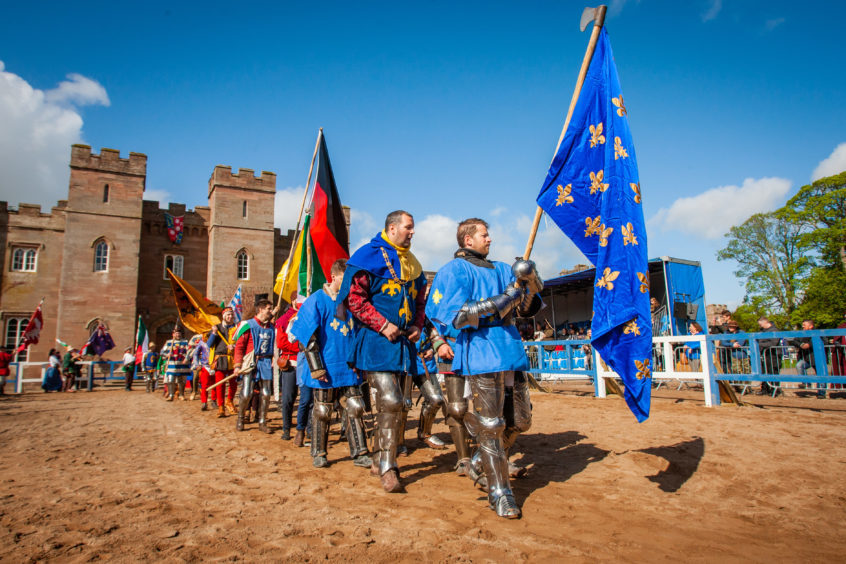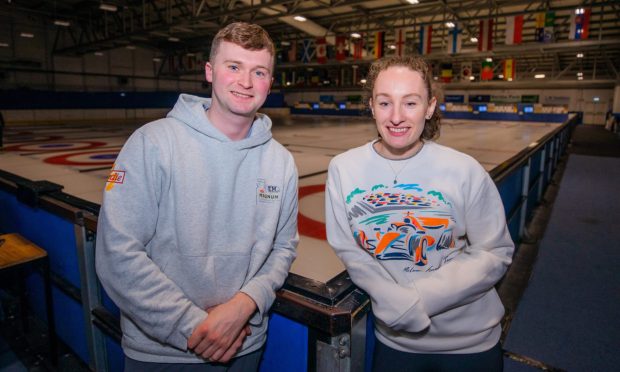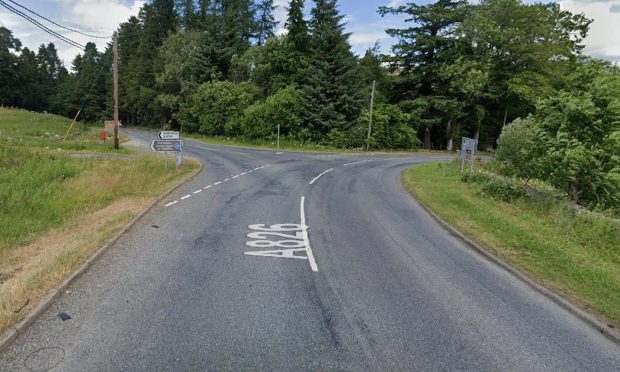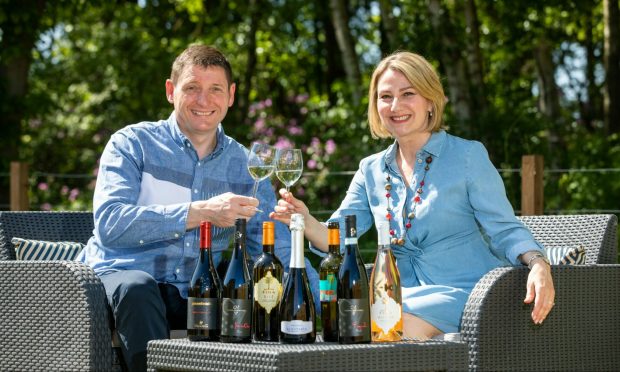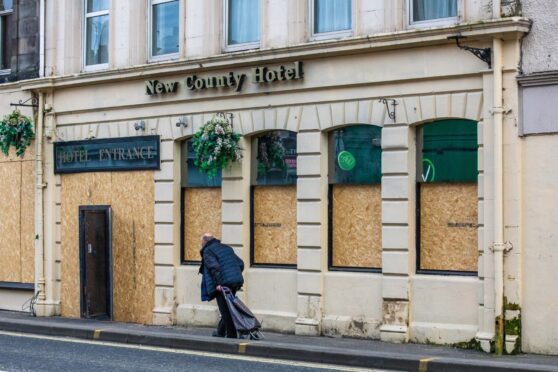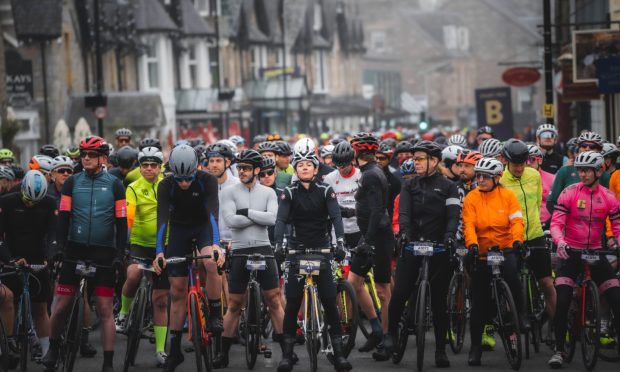The clash of steel rang out across historic Scone Palace as armoured warriors from across the globe went toe-to-toe in a series of Game of Thrones-style battles.
The ancient coronation site of Scottish kings has welcomed more than 500 competitors for the International Medieval Combat Federation’s World Championships.
It is the first time the tournament has been held in the UK.
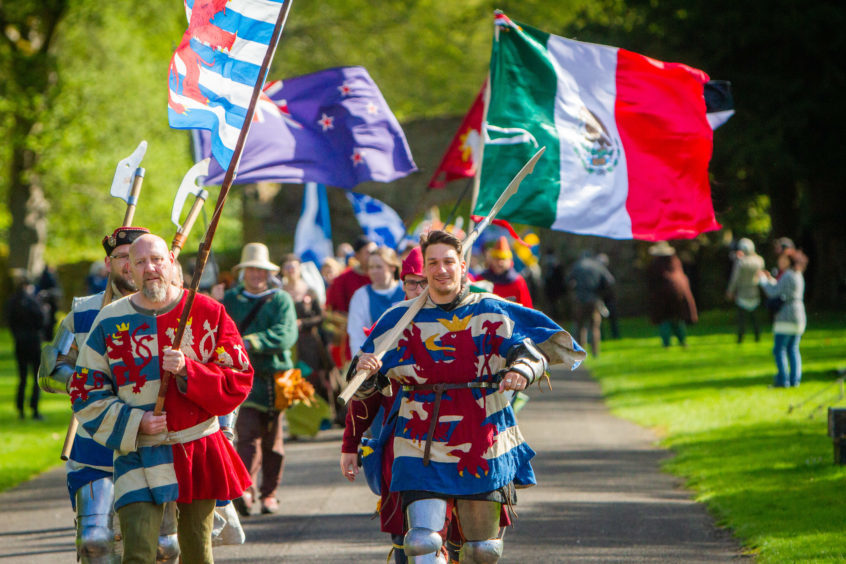
Scone Palace has been transformed for the four-day event, with competitors living in a medieval camp on the grounds.
An arena has been set up in front of the building for dualling, team fights and archery.
Media from around the world have descended on Scone, including TV crews from Japan.
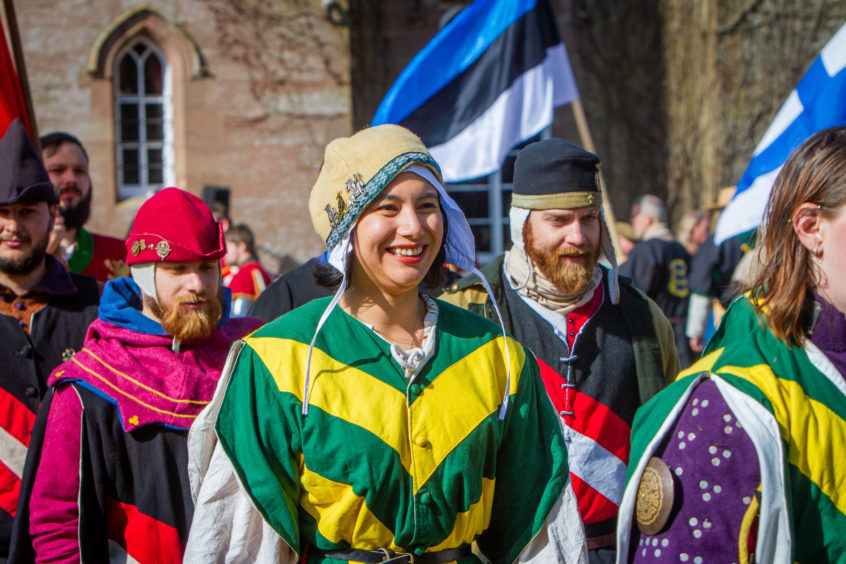
William Murray, Viscount Stormont, the son of Lord and Lady Mansfield, offered to host the 2018 championships after meeting several American and Canadian fighters, as well as the IMCF vice-president, in New York.
Lady Mansfield said: “I think they were absolutely delighted to get the chance to have the event at such an historic site.
“This is great for Scone Palace, but also great for the Perth area. The competitors are staying here throughout the tournament and I saw a few of them out for a meal last night.”
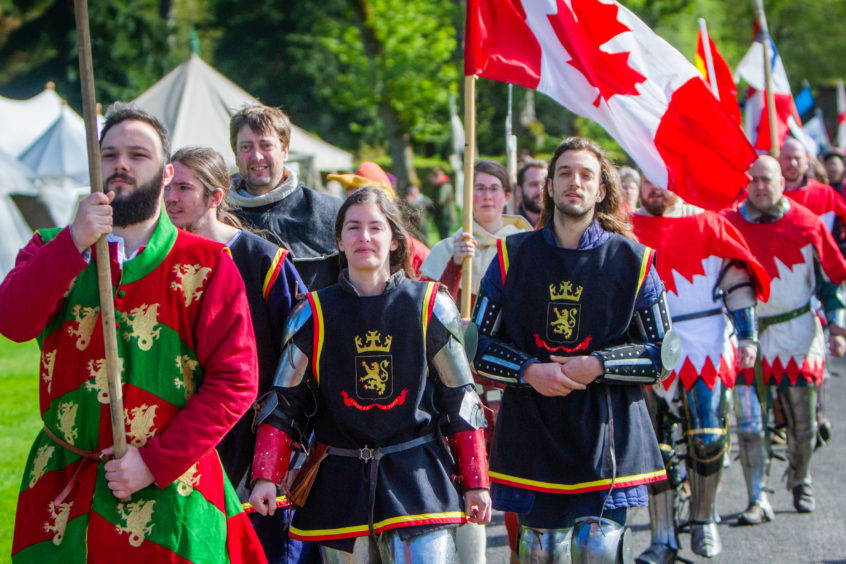
Euan Campbell, captain of the Scottish team, said he was proud to have the championships in his home country. “Originally I did re-enactments, which is similar to this, but the armour is not as good and the blows aren’t full force.
“Basically, I got bored of that and decided to move onto medieval combat.”
He said: “I feel that its more historically realistic. The team fights are based on the original, historical rules. They were intended to show how people competed, but let them go home at the end of the day.
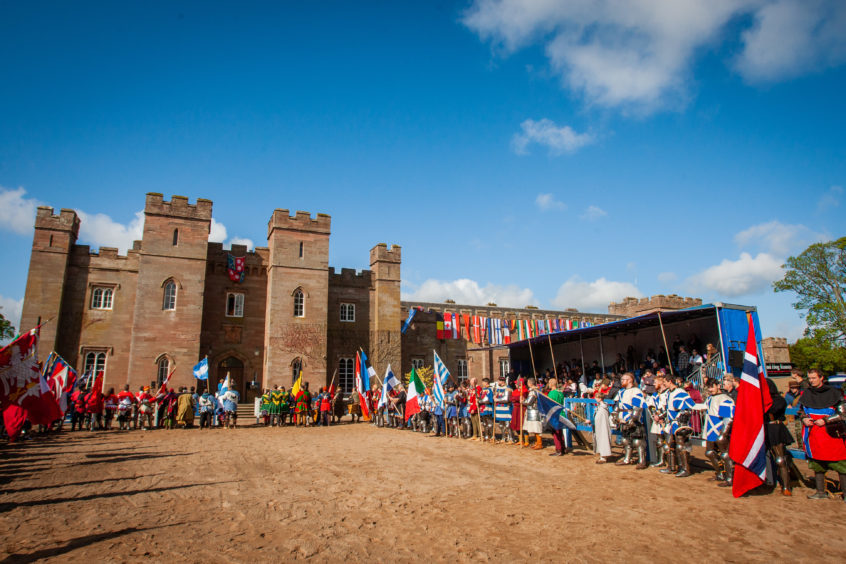
“Our injury rate is lower than rugby, and that’s mainly due to the armour. If you get injured its usually because someone has done something they weren’t meant to, such as an illegal hit, or your armour has failed because it isn’t good enough or strapped on properly.”
The event, featuring story telling, artisan street food and falconry, continues on Friday and Saturday, with a final round of battles on Sunday.
